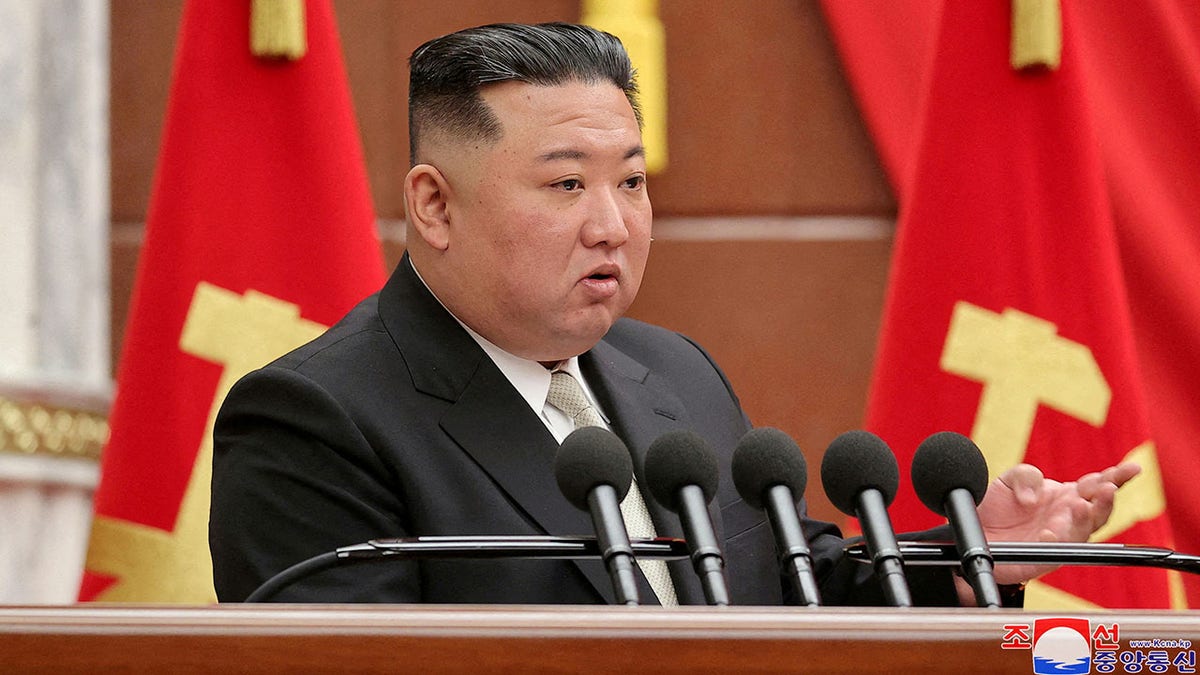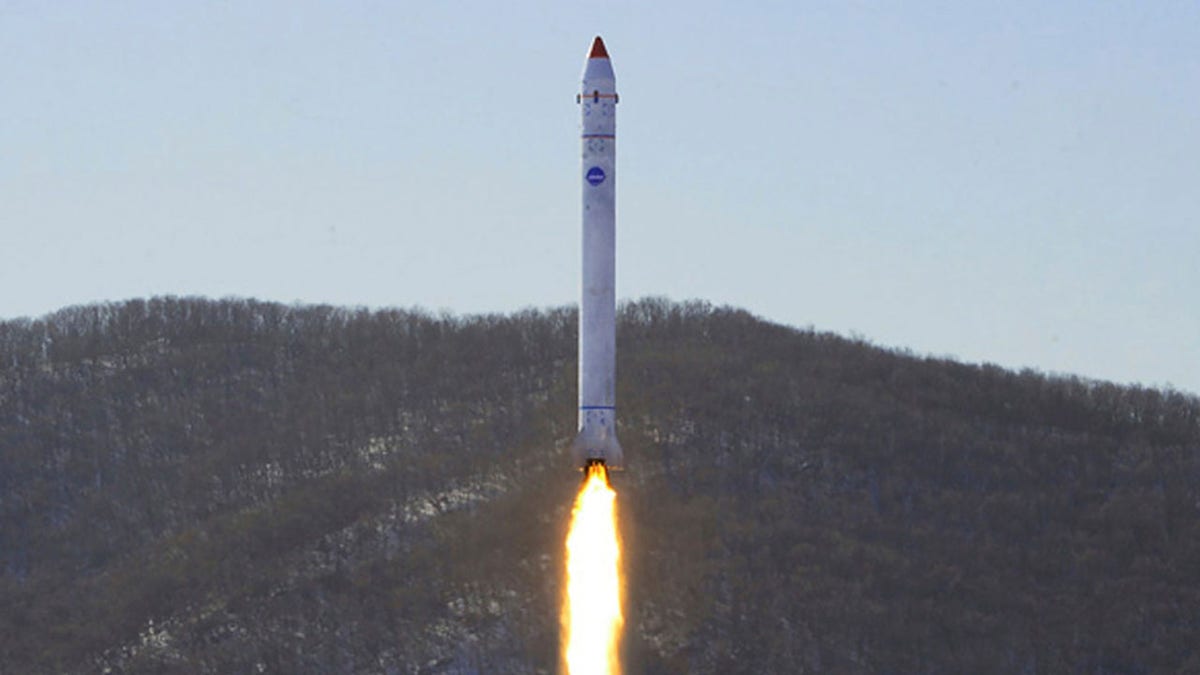Following a successful intercontinental ballistic missile (ICBM) test, North Korean leader Kim Jong Un has committed to strengthening the nation's nuclear capabilities. Kim oversaw the submarine-launched missile test, which saw the projectile travel eastward into the sea. North Korea's military has indicated plans for increased weapons testing in the coming months, citing perceived threats from hostile forces.
State-run media reported Kim's unwavering commitment to developing more advanced and reliable weapon systems, emphasizing the perceived necessity of such measures given the ongoing threats. South Korean military sources reported the missile's flight duration of 74 minutes, covering approximately 622 miles before impacting the sea off the Korean coast. It's important to note that this trajectory, likely a steep vertical launch to avoid neighboring countries' airspace, doesn't fully represent the missile's range. Analysts estimate the missile reached an altitude of around 4,130 miles.

Kim's regime has criticized recent aerial exercises conducted by the U.S. and South Korea, alleging intrusions into North Korean airspace. They claim U.S. Air Force reconnaissance planes, including RC-135, U-2S, and RQ-4B aircraft, along with reconnaissance drones, flew over the East and West Seas of Korea for eight consecutive days in early July, conducting what they deem provocative aerial espionage.

The United Nations Security Council is scheduled to convene to address the escalating tensions stemming from North Korea's missile activities. This meeting, initiated by the U.S., U.K., and other allies, faces potential roadblocks due to the veto power held by China and Russia, who might oppose any punitive measures against North Korea. Since January 2022, North Korea has undertaken approximately 100 missile tests with varying degrees of success.

Comments(0)
Top Comments